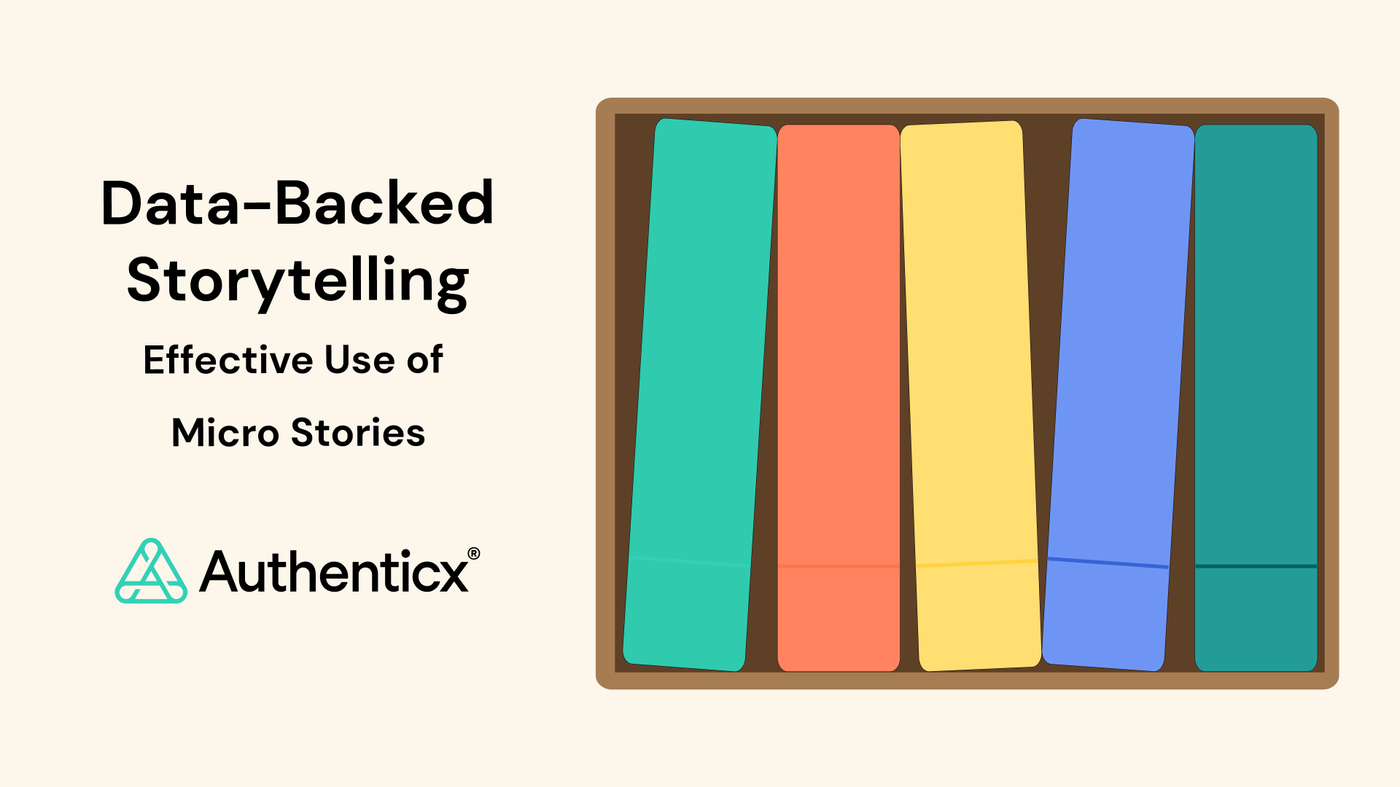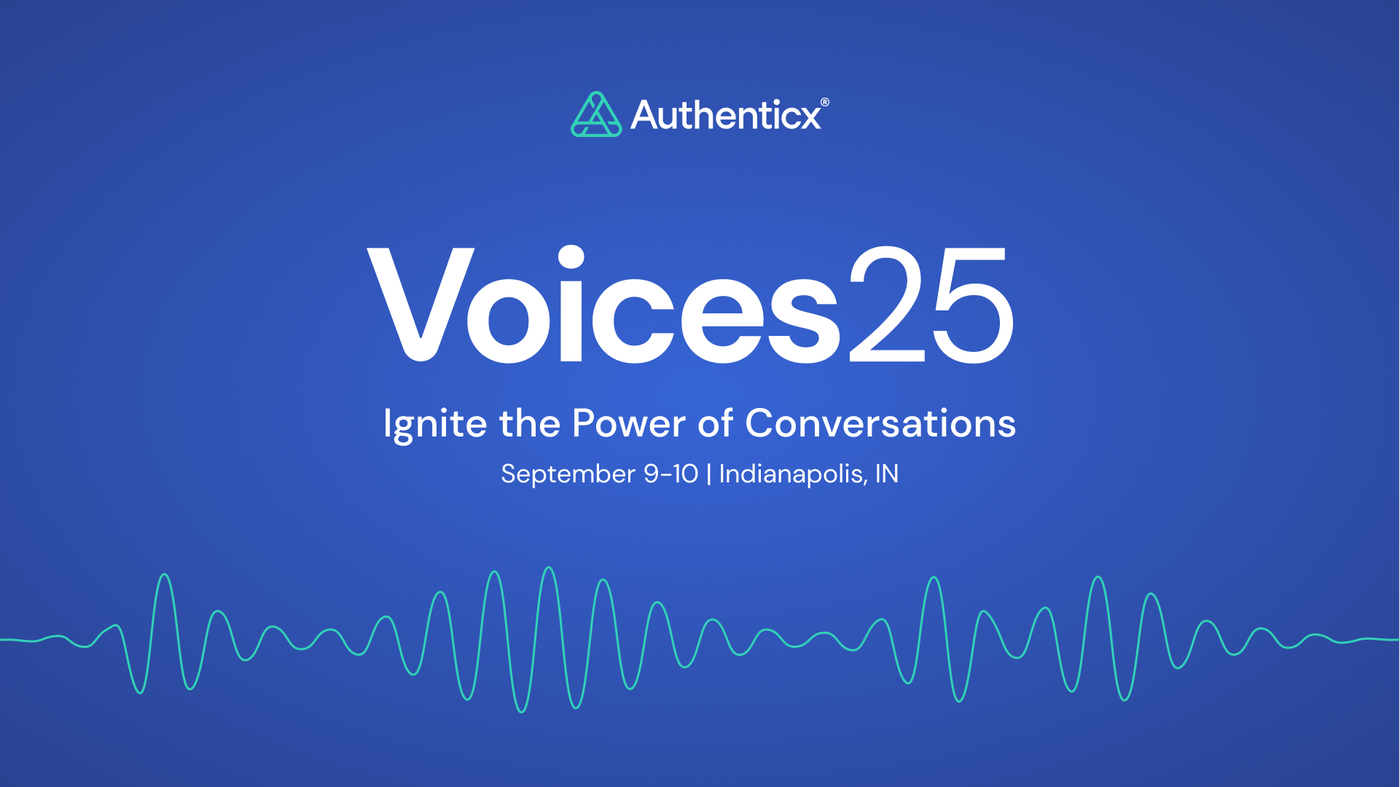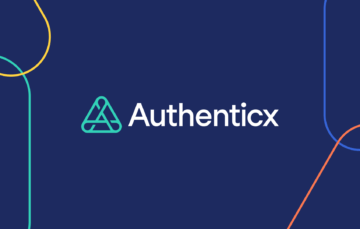
To inspire an audience to act based on data storytelling, micro stories are an important way to zoom in on individual experiences. By humanizing and contextualizing the macro story through concrete examples of lived human experiences, micro stories speak to the emotional centers of the brain, ensuring we also make decisions from our values and aplace of genuine connection to human emotions.
Read the following Data-Backed Storytelling Tips to learn more about effective use of micro stories.
Draw micro stories from the voice of the data subjects or as close as you can get.
Recall that micro stories zoom in on individual human experiences at specific moments in time, thus speaking to the emotional centers of the brain. More often than not, these stories will be found in your qualitative data sources.
At Authenticx, our quantitative data is based on human interactions, so recordings of the conversations themselves or summaries of the conversations are the qualitative source of micro stories.
Other micro story sources include verbatim responses on surveys, interviews, or focus groups.
Be careful, however! Just quoting someone who spoke in a focus group doesn’t necessarily mean you’re telling a micro story.
For example, someone in a focus group might say, “I love this company’s lighting products. They’re always so convenient and easy to use.” That’s a great compliment to the company and maybe a great statement to use in marketing material, but it’s a testimonial statement, not a micro story.
Remember, a true micro story has the elements of a specific character with an object of desire who is facing some obstacle in attaining said object of desire.
Let’s imagine the focus group member said, “I love this company’s products. The other night I was in my garage trying to repair the inside of my car, but I just couldn’t see well enough. Then I pulled out the FlexiLamp and set it in my car. Instantly I could see the details on the floor of the front seat.” Now you have a true micro story with a character who wanted something but was struggling until the “product” came as the intervention. This micro story can then be woven into the macro story you’re telling with your quantitative customer satisfaction data.
So the place to go for micro stories is your qualitative data, but the storyteller’s eyes and ears are looking for true stories, not just testimonials.
Think about this question: What’s a micro story source you’ve used with success?
Follow Goldilocks: Use the just right number of micro stories.
How many micro stories is enough to make my case? How many micro stories are too much to make my case? These are the right questions
And these are questions without exact answers.
But the guideline is this: In the same way that Goldilocks wanted the bed that was not too hard and not too soft but juuuuuuuust right, you want the juuuuuuust right number of micro stories which depends on your audience, purpose, and context for telling your data-backed story.
If your audience leans toward the quantitative evidence, your story should emphasize the macro story and use one or two micro stories to make the emotional connection. Some audiences can become story saturated if they hear too many with too much detail. They get lost in the stories and lose sight of the bigger picture. You may want to tell less detail and give more of a feel for the consistency among different micro stories to emphasize the repetitive pattern.
If, however, your purpose is to help your audience understand the nuances of what the subjects are struggling with, then more details in four or five micro stories might be both illuminating (what’s really at the root of the problem) and convincing (we’ve really got to do something about that!).
If your context affords you ample time to tell your story, and your audience is open to the power of micro stories, spend plenty of time immersing your audience in those stories. We often find that when the macro story is shared, audiences are quiet though grateful for the perspective of prevalence and correlation. Audiences get vocally engaged, however, when the micro stories are shared, particularly if the macro story eliminates questions or doubt about prevalence. Remember, micro stories activate a different part of the brain, and that typically leads to more emotional connection. So, if you have a good amount of time and the right environment for sharing micro stories, it’s worth the time.
Think about this question: Have you had an experience of telling too many or too few micro stories?
Whenever possible, engage audience senses by using audio and visuals to convey the subjects’ voices.
It’s one thing to hear or read a narrator’s telling of someone’s story and quite another to hear that “someone” tell their story from their own voice. While a good narrator does everything they can to “get out of the way,” a narrator is always a conduit between the audience and the source of the macro story…a conduit that inevitably muffles the original sound.
One way around this “muffling” is to use the subjects’ literal voice whenever possible. If an interview was done, share parts of the actual video or audio (with permission, of course). If not, share direct quotes from a transcript. Or share part of a recording or direct quotes from a transcript of a focus group.
At Authenticx, we use the literal voices of callers, often patients, in audio montages that weave clips from different conversations with a similar theme. We could just put quotes on a PowerPoint slide, but we know that when our audiences hear the audio, the literal voices of customers, more parts of their brains are activated, and inevitably they’re more motivated to take action based on what they hear.
Remember, most people are better visual processors than auditory processors, so if an auditory experience is offered (without video), it’s best to provide some visual support to the listening by showing quotes on a screen the words are being spoken.
You’ll experience magic as you want your audiences lock in to what they’re hearing and seeing when micro stories are told directly from mouths of the story subjects.
Try This Challenge: Run this experiment the next time you tell micro stories. Tell one as a 3rd person narrator and tell another from the 1st person voice of the subject. Then observe the differences in your audience’s reactions.
Follow the Scouts and “Be Prepared”: Anticipate questions about micro stories.
In recommending that you use verbatim text or video/audio clips of subjects telling their stories, we know that you will have made edits to the micro stories you share. Time will rarely permit a retelling of the entire story, nor do you necessarily need the whole story to be told to make your point.
But once you invite your audience into a story, they will have questions. Afterall, when you go to the movies, you immediately have questions about the characters (e.g. “What’s the back-story?” “Why do they do that weird thing?”). Worse yet, let’s say you get an emergency call from the babysitter during the last 25 minutes of the movie and have to leave the cinema. Assuming your children are okay, you feel unsettled if don’t get to know the ending. We humans need closure!
So too, that’s the experience our audiences have when we share micro stories within a larger macro story. They might want to know things like, “Did that person give more context about why they were having that problem?” “Maybe it was their fault.” OR “What ever happened to that subject or patient whose voice we just heard? Did things work out for them in the end?”
The audio and/or visual experience you give them may not answer those questions, so be prepared to give those answers before immersing the audience in a micro story or explaining (visually or orally) the answers to those questions immediately after the story encounter. Doing so proactively will prevent your audience from going on irrelevant detours in their conversation (whether aloud or in their minds) after hearing the story.
Take the Next Step: The next time you tell part of a micro story, include a little narrative statement either visually or orally that clarifies a part of the context or the ending and see if it pre-emptively satisfies questions of skepticism from your audience.
Catch up with this blog series:
- Blog #1: The Human Brain Needs Data-Backed Stories
- Blog #2: How Data Can Inspire
- Blog #3: The Strategic Data-Backed Story Set-Up
- Blog #4: The Strategic Data-Backed Story Ending
About Sally Perkins
Dr. Sally Perkins serves as Sr. Manager of Storytellers at Authenticx. She analyzes quantitative and qualitative conversational data from which she crafts impactful data-backed stories that offer insights into how professionals across industries, such as healthcare, can improve the customer experience and their business outcomes.

About Authenticx
Authenticx was founded to analyze and activate customer interaction data at scale. Why? We wanted to reveal transformational opportunities in healthcare. We are on a mission to help humans understand humans. With a combined 100+ years of leadership experience in pharma, payer, and healthcare organizations, we know first-hand the challenges and opportunities that our clients face because we’ve been in your shoes. In 2023, Authenticx was ranked No. 349 on the Inc. 5000 recognized as one of America and Indiana’s fastest-growing private companies.
Want to learn more? Contact us!
Or connect with us on social! LinkedIn | Facebook | Instagram | YouTube | Twitter/X


